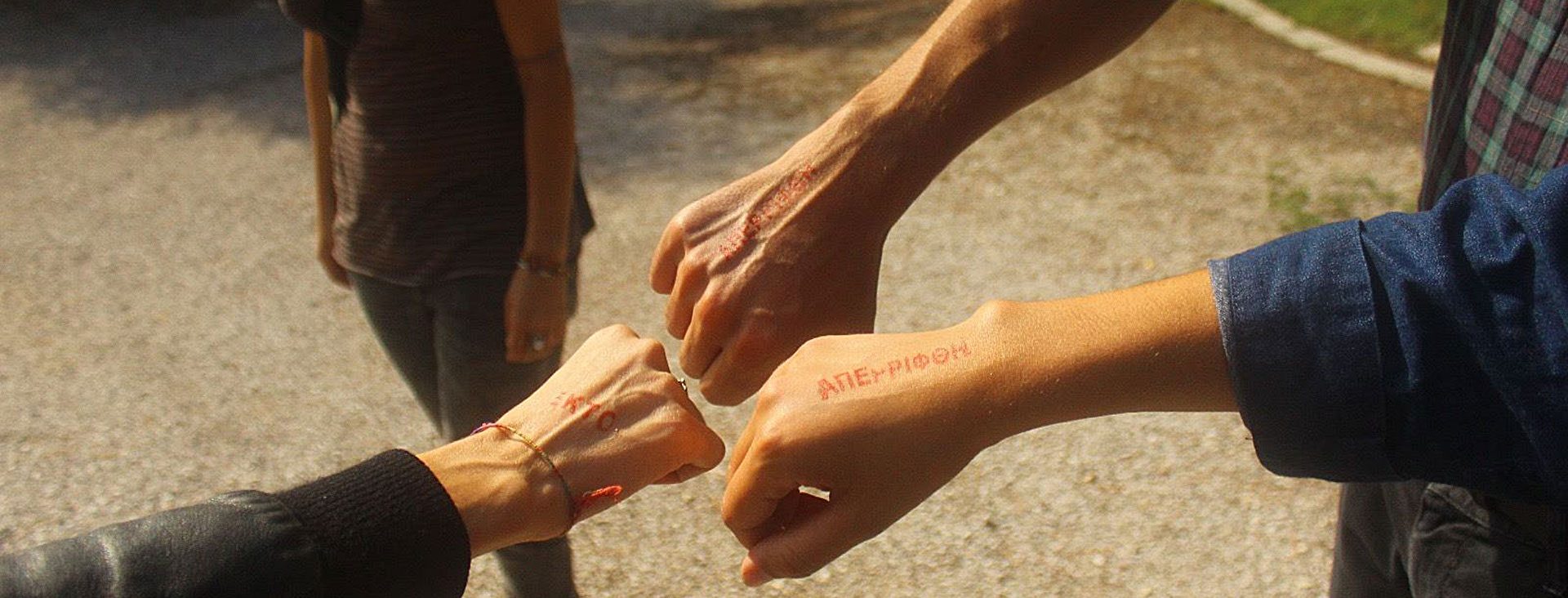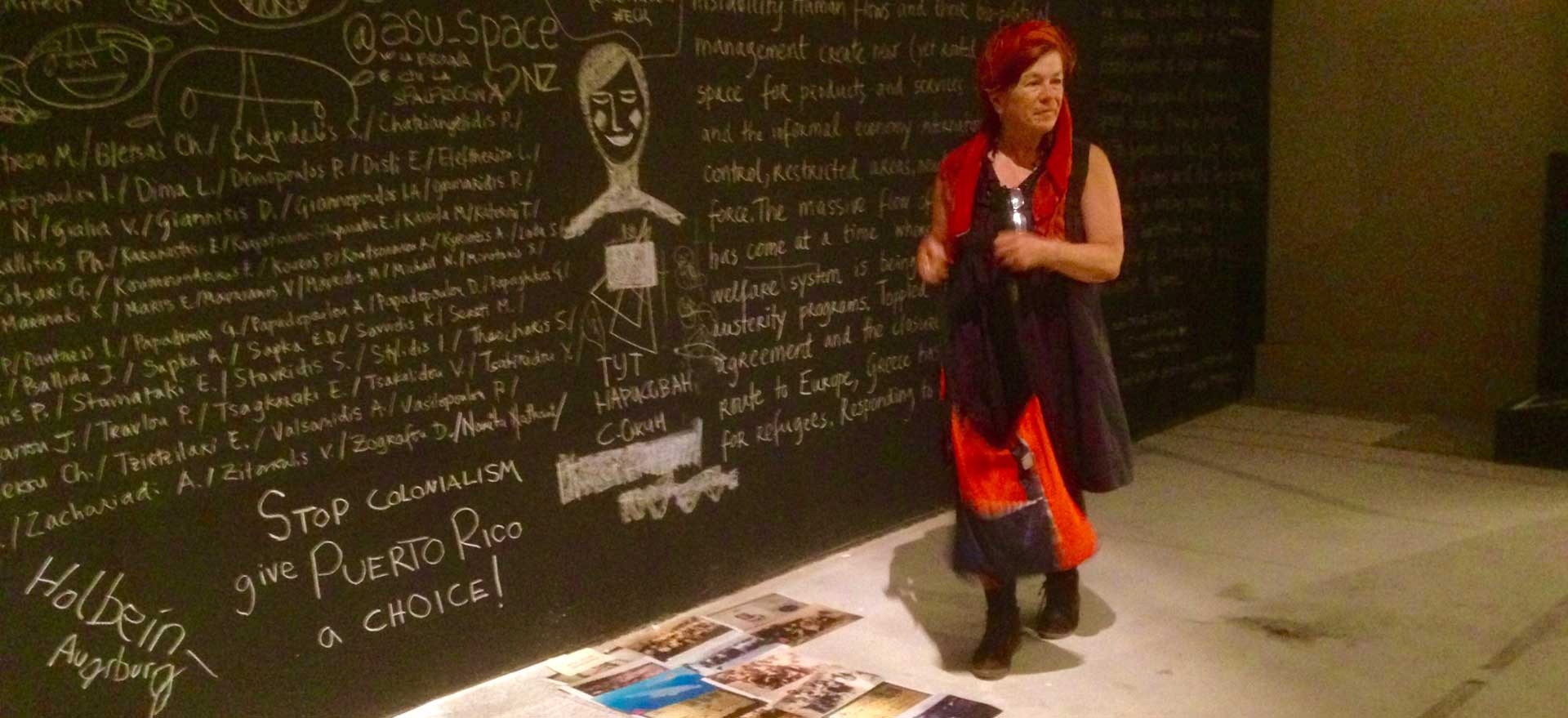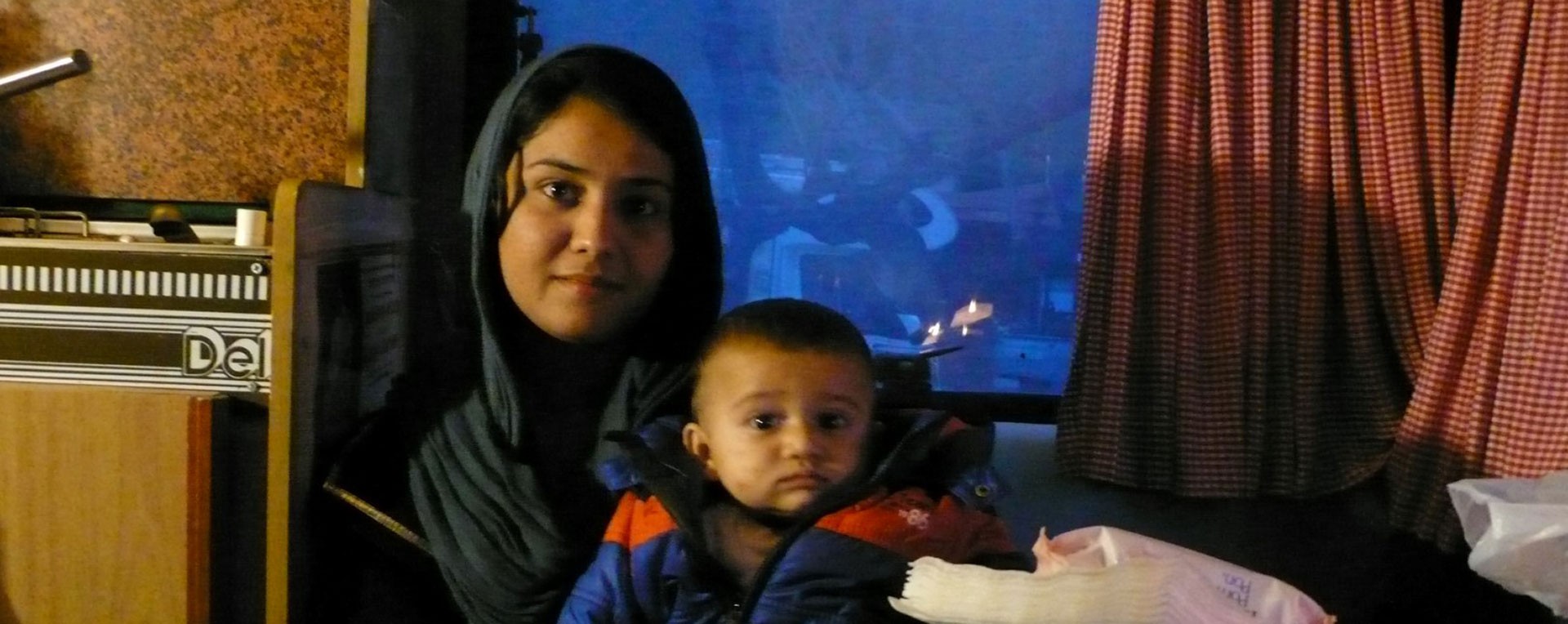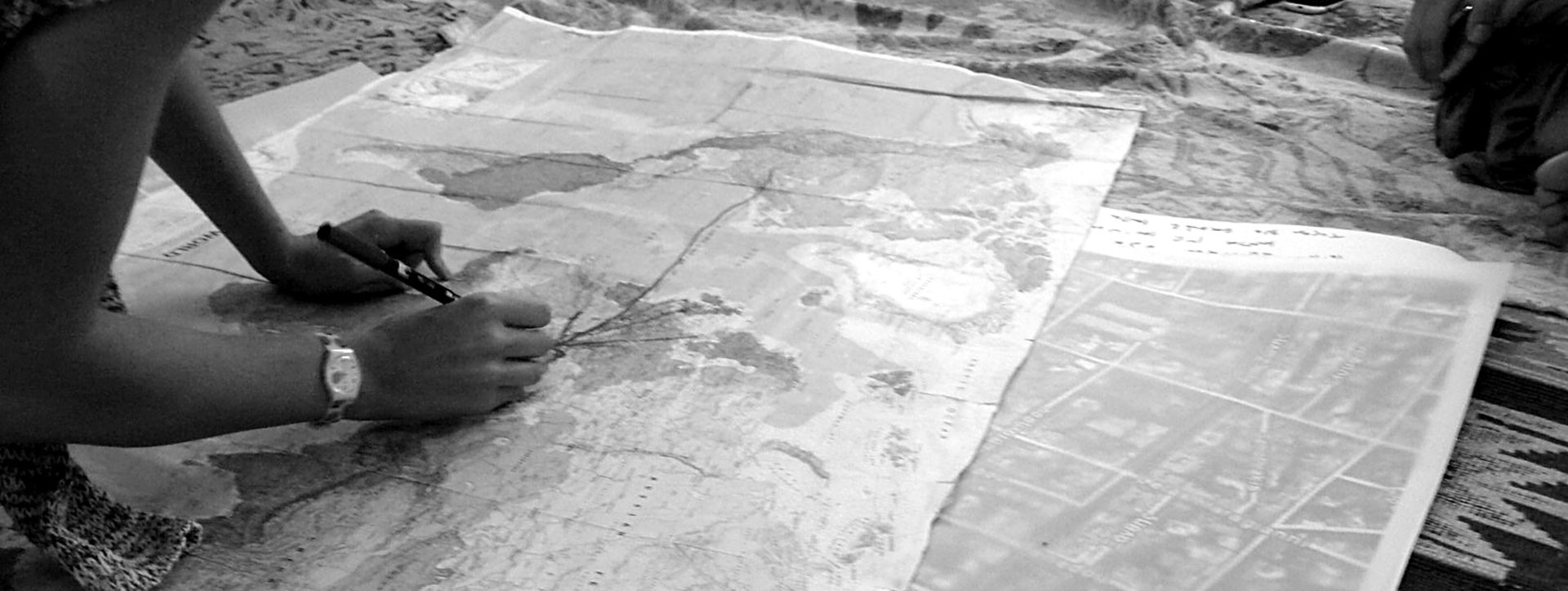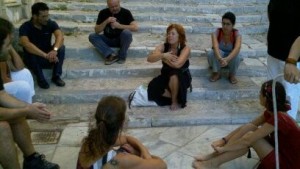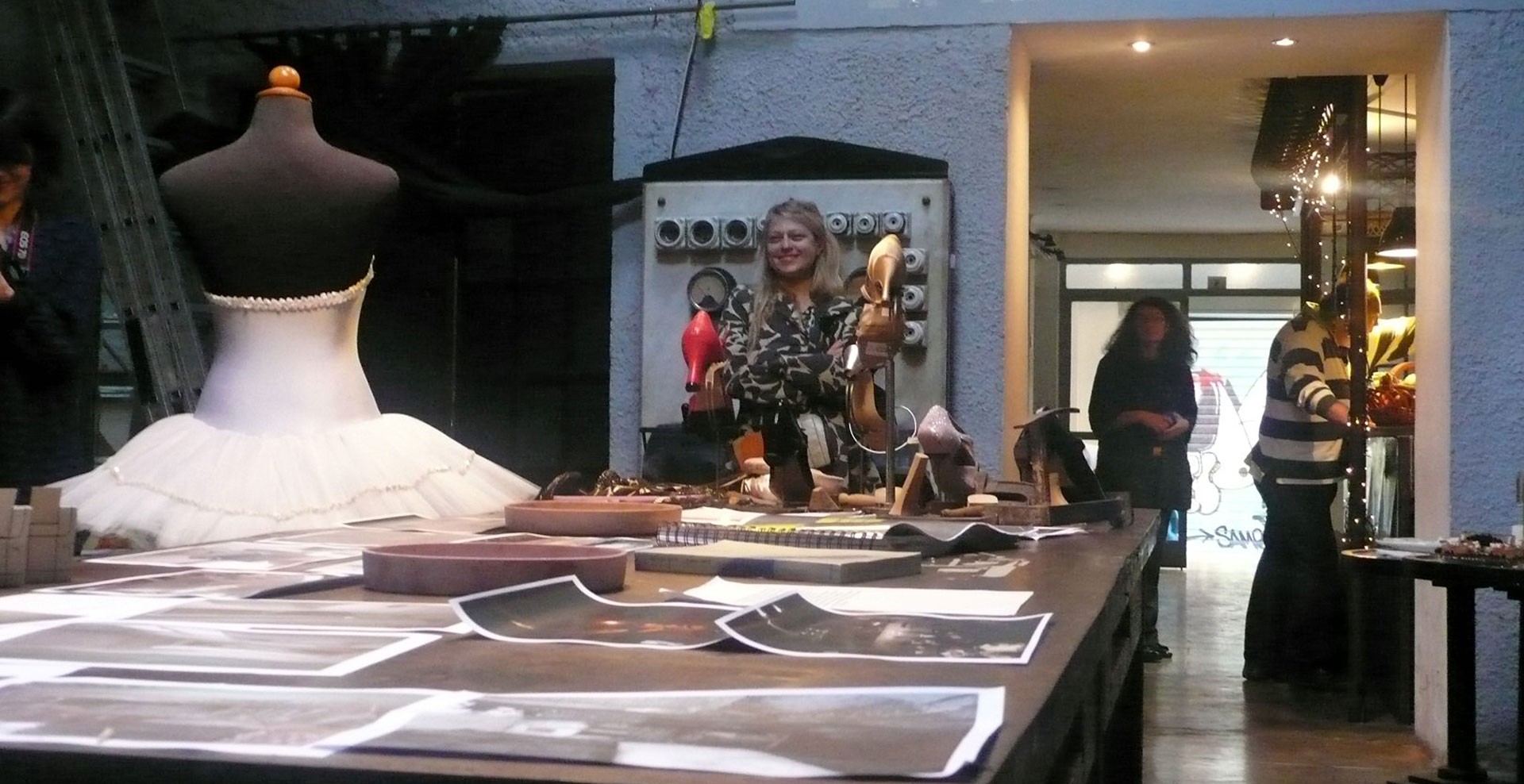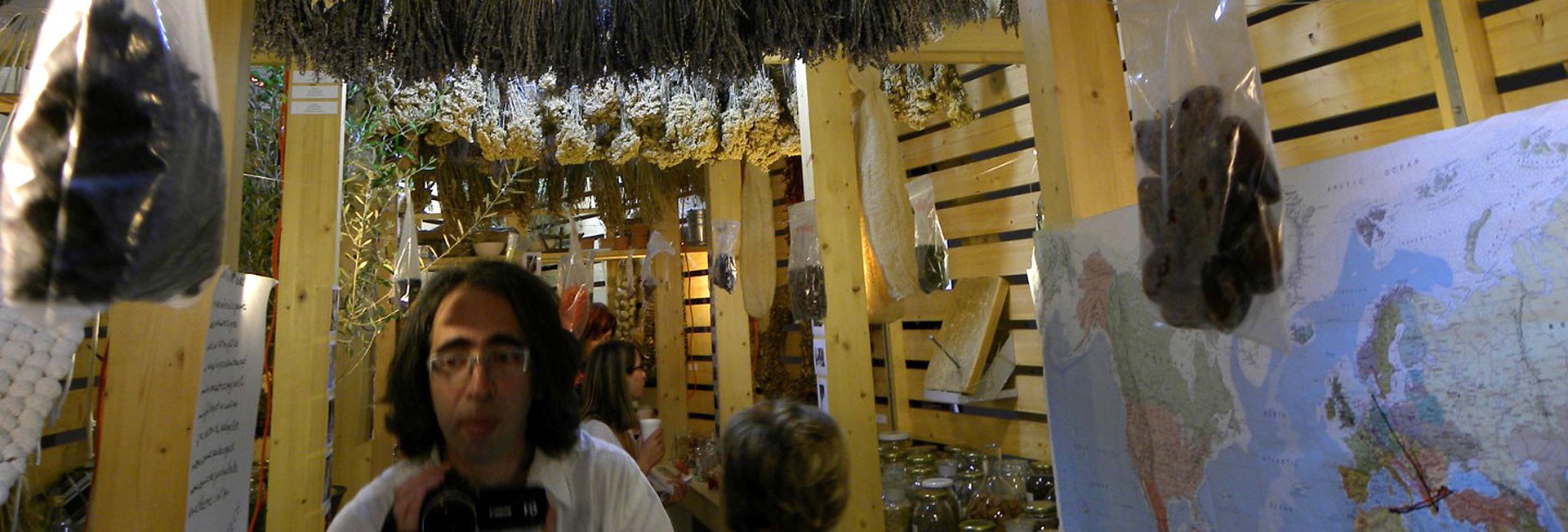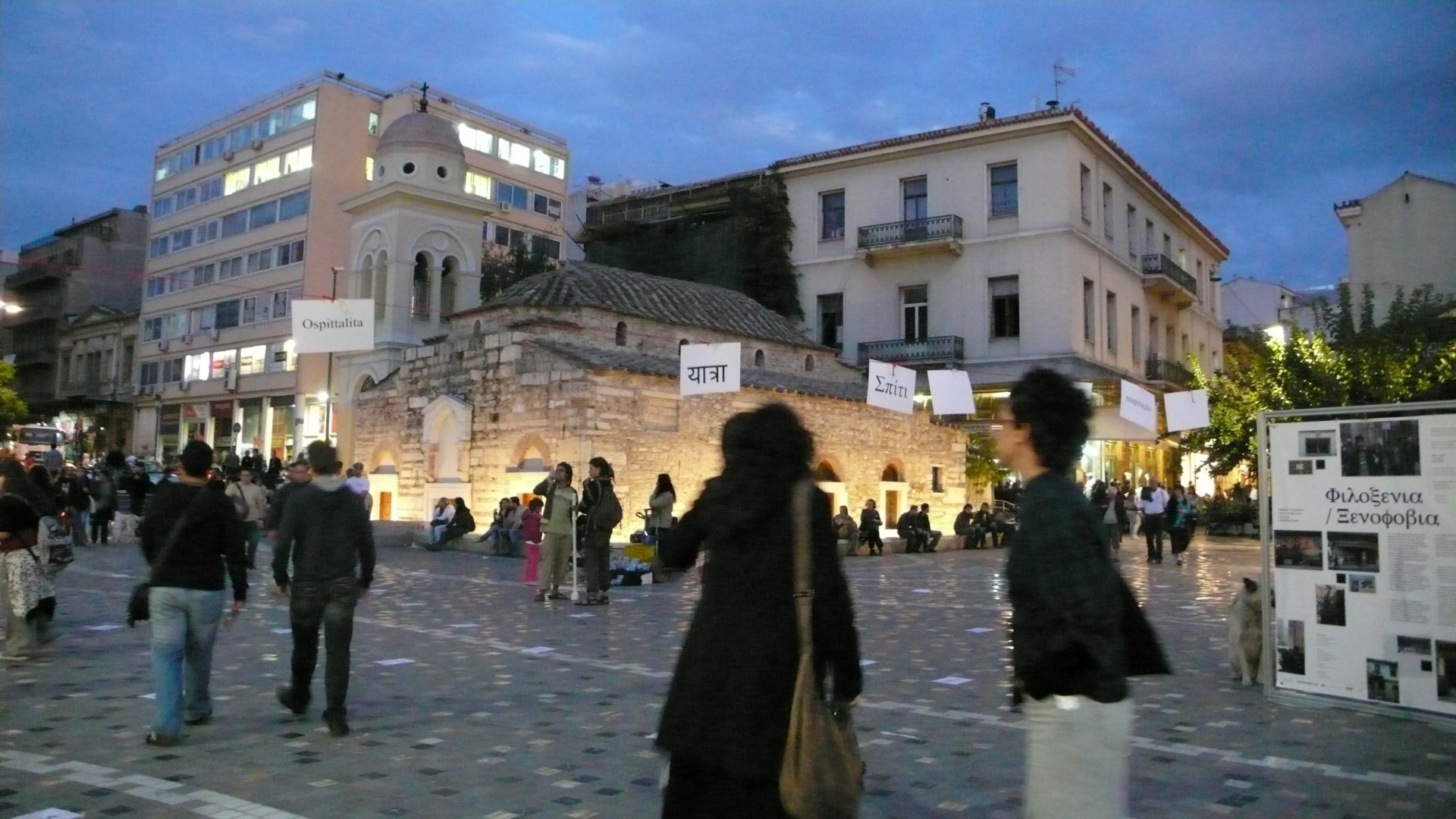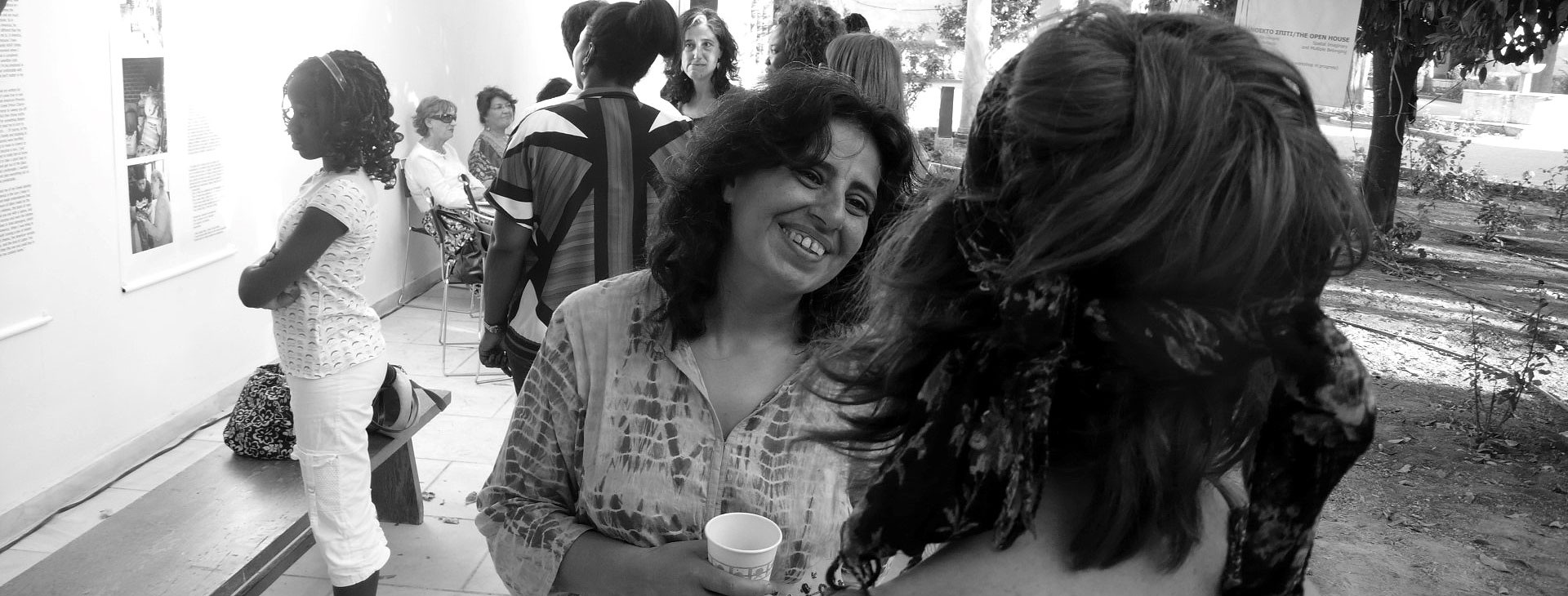Amidst the solitude and fragility of the days …the letter
Dearest,
I am in Sifnos. I live in a house that feels like a refuge to me, at the footpath facing the little church of Taxiarchaki. The house has colorful openings gazing at the mountains and the sea; it has cats and a garden.
I’m here alone. I miss my friends, I miss art. The news arrive here from a distance, and the only thing new here is the changing weather.
I live in the extraordinary landscape of Sifnos that endures, even in the month of January. The island is beautiful, with something poetic to it – the soft January light, the seagulls, the lush green paths, the rubble walls, the vegetable gardens, the wild flowers. Continue reading




